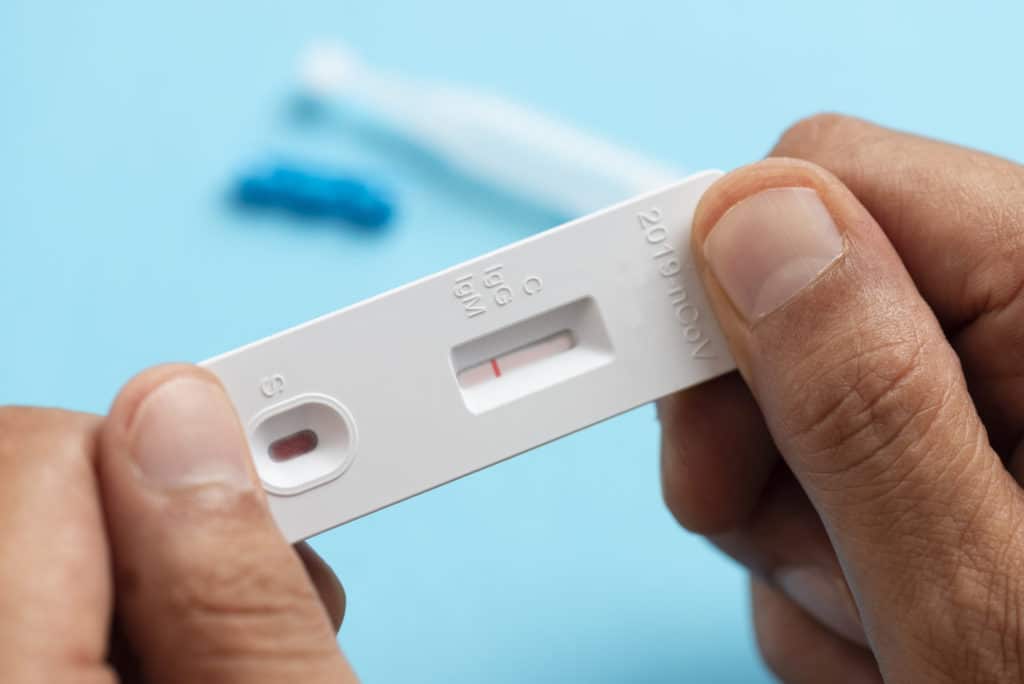[Author: Laura Cowen]
Since the start of the COVID-19 pandemic, individuals with fibrodysplasia ossificans progressiva (FOP) have reported decreased satisfaction with their social activities, declining mental health, and a reduction in dental visits, US research shows.
They generally fared well, however, following SARS-CoV-2 infection or vaccination.
The study, by Edward Hsiao (University of California-San Francisco) and colleagues, included data for 326 members (mean age 26 years, 56% females) from 69 countries of the International FOP Association FOP Connection Registry.
The investigators report that, in 2019, 18.9% of 95 participants aged 15 years or older rated their satisfaction with their social activities and relationships as poor using patient-reported outcomes measurement information system (PROMIS) global health scale scores. In 2020, this increased to 28.9% of 90 participants.
In addition, the proportion reporting difficulties carrying out social activities increased from 14.7% in 2019 to 23.3% in 2020.
The researchers observed similar trends in the pediatric population (≤14 years). Specifically, 52.3% of 44 participants rated their general health as excellent in 2019 compared with 44.4% of 45 in 2020. For mental health, the corresponding proportions were 59.1% and 48.9%.
Social interactions were also affected by COVID-19 in the pediatric population, with 63.6% reporting that they are “always having fun with their friends” in 2019 versus 55.6% in 2020. Conversely, the proportion reporting “rarely having fun with friends” increased from 6.8% in 2019 to 13.3% in 2020.
The pandemic did not affect how often participants saw a physician, with 85.4% of 171 having at least one visit in 2019 compared with 84.2% of 159 in 2020, but did result in an increase in the proportion never visiting their dentist, at 31.5% of 168 versus 41.7% of 156.
“Since dental health is a major concern in FOP, encouraging patients with FOP to resume adequate care for their mental, physical, and dental health will be critical over the next several years,” write Hsiao and co-authors in the Orphanet Journal of Rare Diseases.
The researchers also reviewed data for 10 individuals (mean age 31 years, 50% females) with FOP who were diagnosed with COVID-19 and 15 (mean age 31 years, 53% females) who received a COVID-19 vaccine.
They found that the patients who tested positive for COVID-19 did not experience major complications; one was hospitalized and two reported flare activity around the time of COVID-19 symptoms.
Nonetheless, Hsiao et al stress that the “sample size is very limited” and note that “case reports in the literature and our own case studies suggest that patients with FOP remain at significant risk for complications such as flares and heterotopic ossification.”
Of the 15 patients who received a COVID-19 vaccine using the International Clinical Council on FOP guidelines for prophylaxis with ibuprofen or acetaminophen, just one experienced flare-like activity at the injection site.
“Thus, the risks and benefits of COVID-19 vaccination needs to be discussed carefully so as to support informed decisions,” Hsiao and team remark.
They conclude: “Finally, our results provide a clinical foundation for future studies to understand the specific triggers of FOP-related immune responses.”
